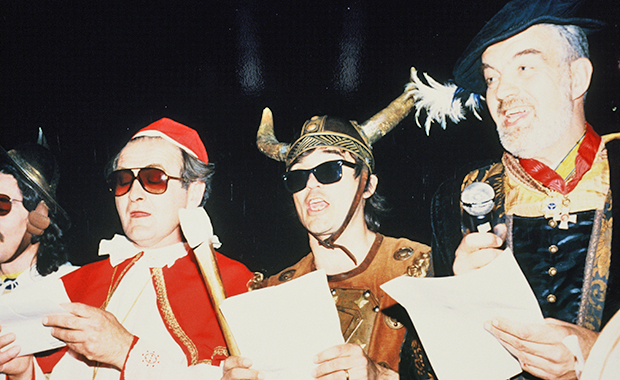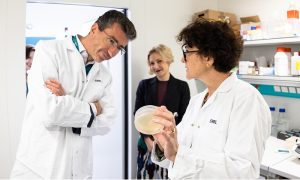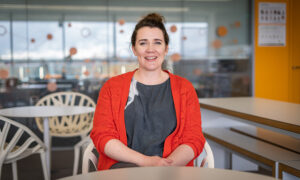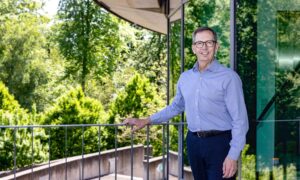
Close association
Few scientists have experienced EMBL from as many perspectives as the new Chair of EMBL’s Alumni Association, Gareth Griffiths
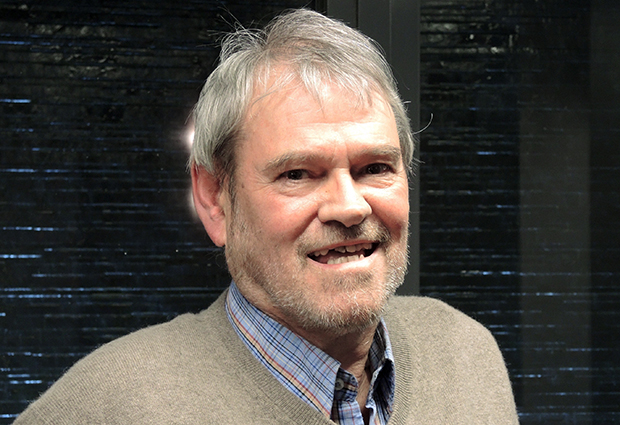
Beginning his EMBL career in 1977, shortly after the Lab was founded, he spent more than three decades in the Cell Biology and Biophysics Unit at EMBL Heidelberg leading a group at the heart of the cryo-based electron microscopy revolution. Gareth Griffiths also trained thousands of scientists, and launched memorable networking and social events on campus. In 2009 a new challenge awaited at the University of Oslo, where he took up a professorship – but the chance to remain connected with EMBL proved irresistible. After four years as a member of the Alumni Association Board, Gareth now takes over the reins as Chair.
How do you feel to have been elected Chair?
It’s an honour! Many people who leave the good life at EMBL find it hard to adjust elsewhere, and I recently joked that joining the Alumni Association Board is a platform to overcome the withdrawal symptoms! It provides a means to keep in touch with former friends and colleagues – and of course EMBL as a whole. We on the board feel that we gained so much from the privilege of working at EMBL that we are delighted to give something back.
We want to continue to develop programmes that support and encourage lifelong connections
What are your main priorities?
We are ambassadors for EMBL, and as such we want to further develop connections between alumni, the Laboratory, its member states, current staff and the public at large. We want to spread the word to those not in the know about EMBL, to drive forward initiatives that support the Laboratory’s missions, and connect further with the wealth of experience and knowledge of EMBL alumni spread across Europe and the rest of the world. The Alumni Association has provided the seeds for important initiatives, including EMBL’s Archive and the John Kendrew and Lennart Philipson Awards, and we want to continue to develop programmes that support and encourage lifelong connections to EMBL.
Describe some memories from your time at EMBL…
New for me when I joined EMBL was the near absence of any barriers or hierarchy between the scientific groups, a feature that still holds true to this day. Also crucial to the early success of the Cell Biology Unit was a diverse group of talent combined with an active networking and social programme. A role that I took responsibility for from the earliest days was as a kind of ‘social secretary’, which in practice meant organising Unit retreats, visits to wine festivals, and infamous leaving and national parties.
The goal was simple – to bring people together and have fun, and lots of it
The goal was simple – to bring people together and have fun, and lots of it. This mix of science and social life meant that we managed to create an atmosphere that was unique. Many visitors who had a flavour of this ‘club’ ended up applying for positions here. And what this meant in practice was that wherever there was an international meeting attended by present or former EMBL members, they would naturally find each other, like family members tend to do.
How does this compare to today?
Today’s EMBL has retained the essence of this special atmosphere: a sense of family, personal friendships, helping one another, strong networking and a passion for excellent science. We look forward to continuing this.
